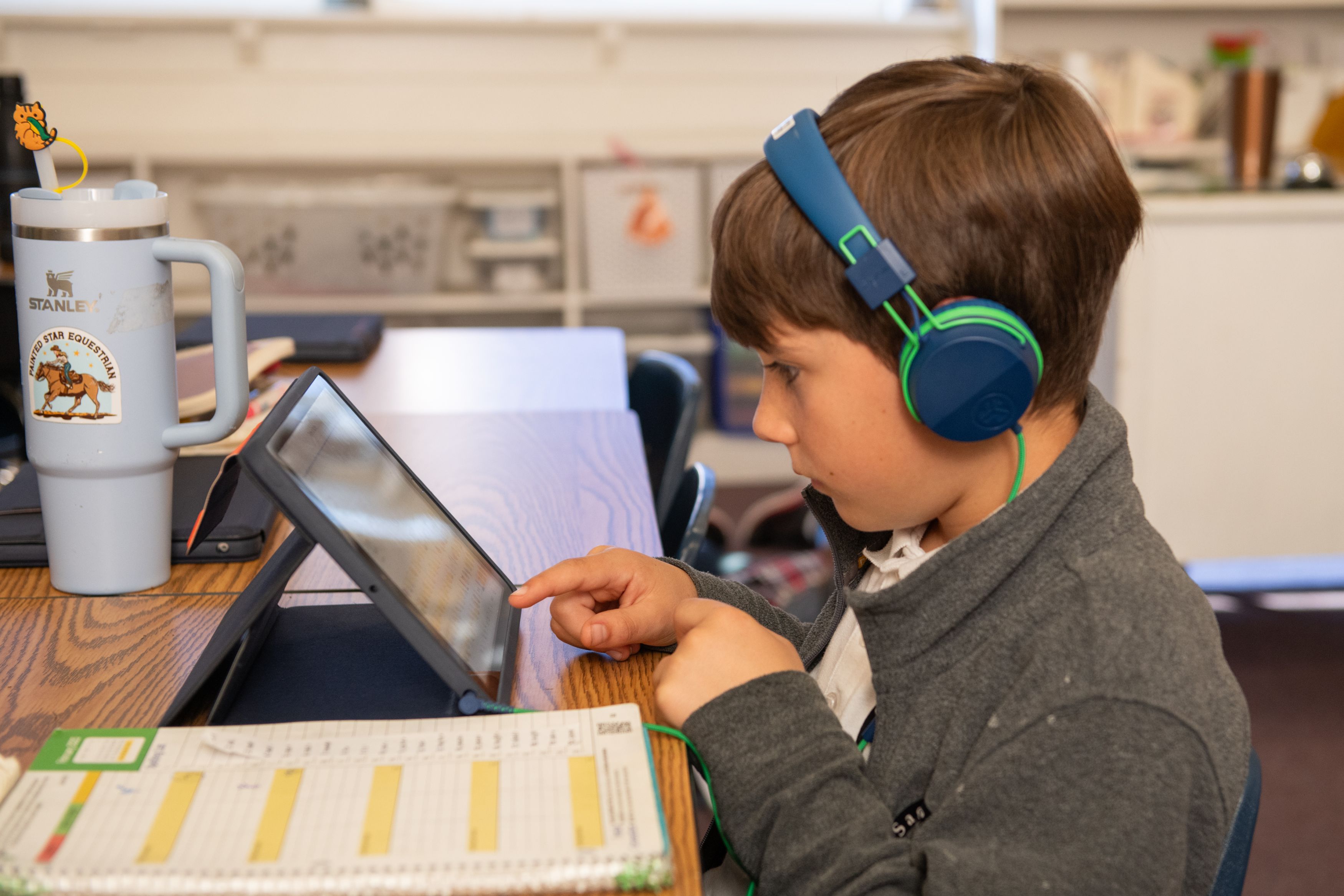
Use of Technology at SHPS

21st Century Learning is thriving at Sacred Heart Parish School!
Sacred Heart Parish School stays up-to-date on current technology that the school provides for the students to help facilitate the learning. Currently, the school has interactive Epson projectors and apple TVs in every classroom. These projectors help streamline the learning process by allowing the teacher to project worksheets or student materials onto the board, play videos, and use interactive pens in various ways. The school also provides one-to-one access to a school iPads to supplement the learning needs in TK- 8th grade. Students use the iPads for different learning apps ranging from the Google suites to Seesaw and Epic. Sacred Heart Parish School strives to not only teach the students the technological standards needed in the growing tech world, but also how to safely use the technology and the value of it.
1. Creativity and innovation
Students demonstrate creative thinking, construct knowledge, and develop innovative products and processes using technology.
Apply existing knowledge to generate new ideas, products, or processes
Create original works as a means of personal or group expression
Use models and simulations to explore complex systems and issues
Identify trends and forecast possibilities
2. Communication and collaboration
Students use digital media and environments to communicate and work collaboratively, including at a distance, to support individual learning and contribute to the learning of others.
Interact, collaborate, and publish with peers, experts, or others employing a variety of digital environments and media
Communicate information and ideas effectively to multiple audiences using a variety of media and formats
Develop cultural understanding and global awareness by engaging with learners of other cultures
Contribute to project teams to produce original works or solve problems
3. Research and information fluency
Students apply digital tools to gather, evaluate, and use information.
Plan strategies to guide inquiry
Locate, organize, analyze, evaluate, synthesize, and ethically use information from a variety of sources and media
Evaluate and select information sources and digital tools based on the appropriateness to specific tasks
Process data and report results
4. Critical thinking, problem solving, and decision-making
Students use critical thinking skills to plan and conduct research, manage projects, solve problems, and make informed decisions using appropriate digital tools and resources.
Identify and define authentic problems and significant questions for investigation
Plan and manage activities to develop a solution or complete a project
Collect and analyze data to identify solutions and/or make informed decisions
Use multiple processes and diverse perspectives to explore alternative solutions
5. Digital citizenship
Students understand human, cultural, and societal issues related to technology and practice legal and ethical behavior.
Advocate and practice safe, legal, and responsible use of information and technology
Exhibit a positive attitude toward using technology that supports collaboration, learning, and productivity
Demonstrate personal responsibility for lifelong learning
Exhibit leadership for digital citizenship
6. Technology operations and concepts
Students demonstrate a sound understanding of technology concepts, systems, and operations.
Understand and use technology systems
Select and use applications effectively and productively
Troubleshoot systems and applications
Transfer current knowledge to learning of new technologies